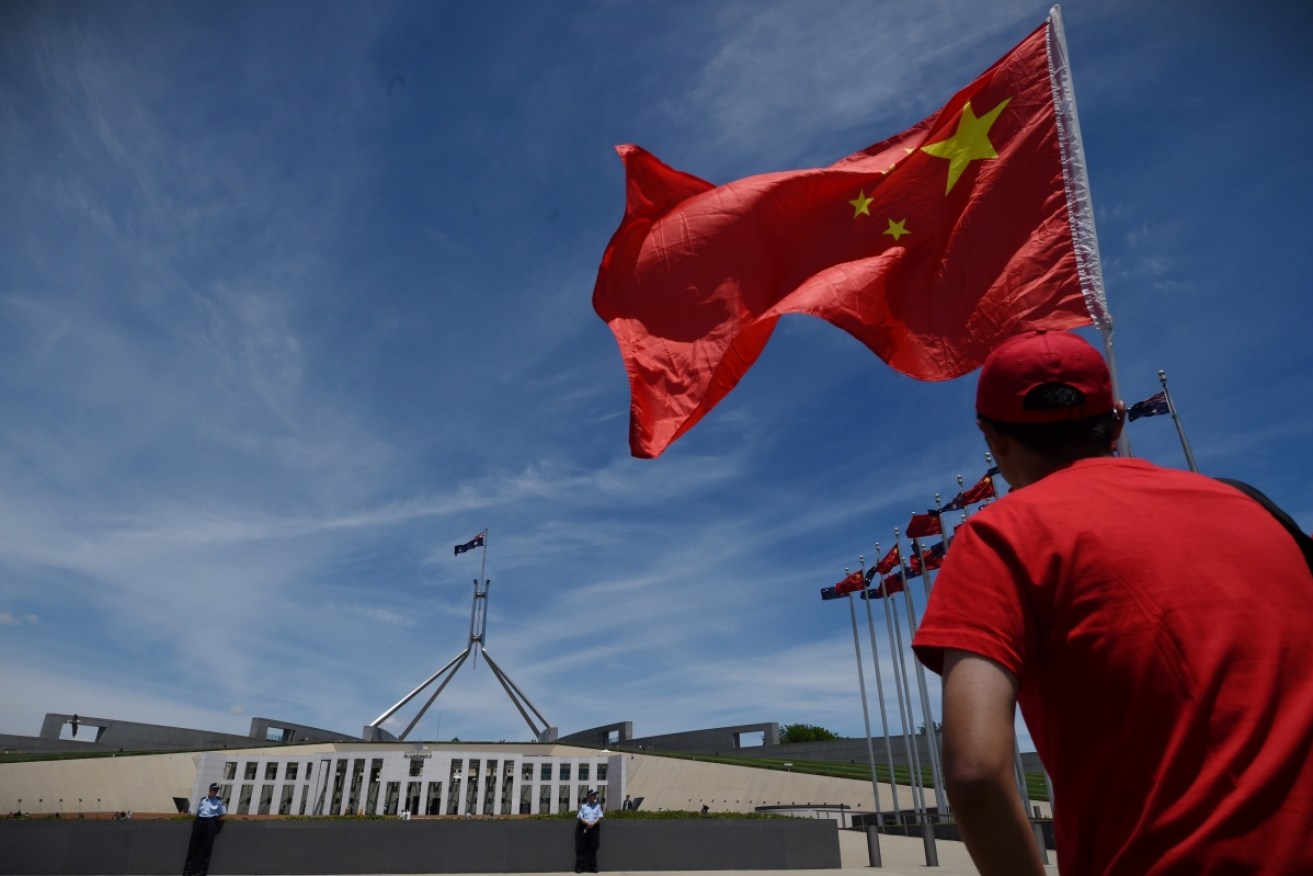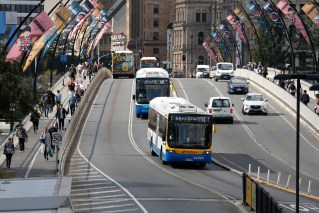China and Australia – A long history, a changing relationship


China – Australia’s largest trading partner– has had a great impact on our nation. Photo: AAP
China has changed Australia more than our nation has changed China, according to a leading academic.
Professor Hans Hendrischke, head of Sydney University’s Australia China Business Network, spoke to The New Daily as the 19th Chinese Communist Party Congress was underway.
“Australia hasn’t changed China, but we are being changed by China,” Professor Hendrischke said.
China is now Australia’s largest trading partner, bigger than the next four combined, with much of the growth of trade taking place during the long years of the mining boom.
This view was echoed by University of New South Wales Associate Professor Jian Zhang, who said China’s influence was growing in business, politics and education in Australia.
“The relationship is very complicated and challenging. The closer it becomes, the more complicated it becomes,” he said.
“The impact of Chinese investment is significantly larger than the public and policy makers expected.”

Australian Prime Minister Malcolm Turnbull and Chinese President Xi Jinping. Photo: AAP
This year marks the 45th anniversary of the start of diplomatic relations between Australia and the People’s Republic of China. In the past Australia had a relationship with the Kingdom of China, under the Qing Empire and then later the Republic of China.
When the Republic of China was beaten on the Chinese mainland during the Chinese civil war in 1949, Australia refused to diplomatically recognise the People’s Republic of China.
Australian Labor prime minister Gough Whitlam eventually recognised communist China in 1972.
Professor Hendrischke said that decision was controversial at the time, with the Liberal Party strongly opposed in favour of recognising Taiwan’s Republic of China government.
He said the relationship between Australia and China had changed markedly over the decades, being initially based on trade in raw materials.
When Australia first recognised China the economies of the two countries were roughly the same size, despite the massively different populations. Now Australia’s GDP is only 7 per cent the size of China’s.

Free Tibet protesters demonstrate outside Australia’s Parliament House in March. Photo: AAP
Professor Zhang said as the relationship had grown there was still a hesitance by Australia to become too involved.
Australia only recently became an unofficial partner of the One Belt One Road initiative, a massive Chinese initiative to connect to 65 countries.
The initiative has copped flak from some corners who’ve pointed the finger calling it an attempt to push Chinese influence.
“I understand there is worry about joining One Belt One Road because it will show they accept Chinese influence,” Professor Zhang said.
One of the most visible parts of the rise of China has been the mass migration of Chinese from the countryside to the city and from China to countries around the world.
Professor Zhang said the growing population of 1.2 million Chinese-Australians would “become a significant and complicated fact of the relationship”.
He said many Chinese were drawn to Australia because “there is still a sense of fear and social instability in China”.
Professor Hendrischke said although there was migration from China to Australia, the mining boom accelerated immigration and in the process started reshaping Australia.
“The base was laid with investment in resources,” he said. “But the image of Australia has started to change in the process.”
He said Australia’s clean, green and safe image were important in drawing migrants, with our food and way of life highly attractive to Chinese ex-pats.








